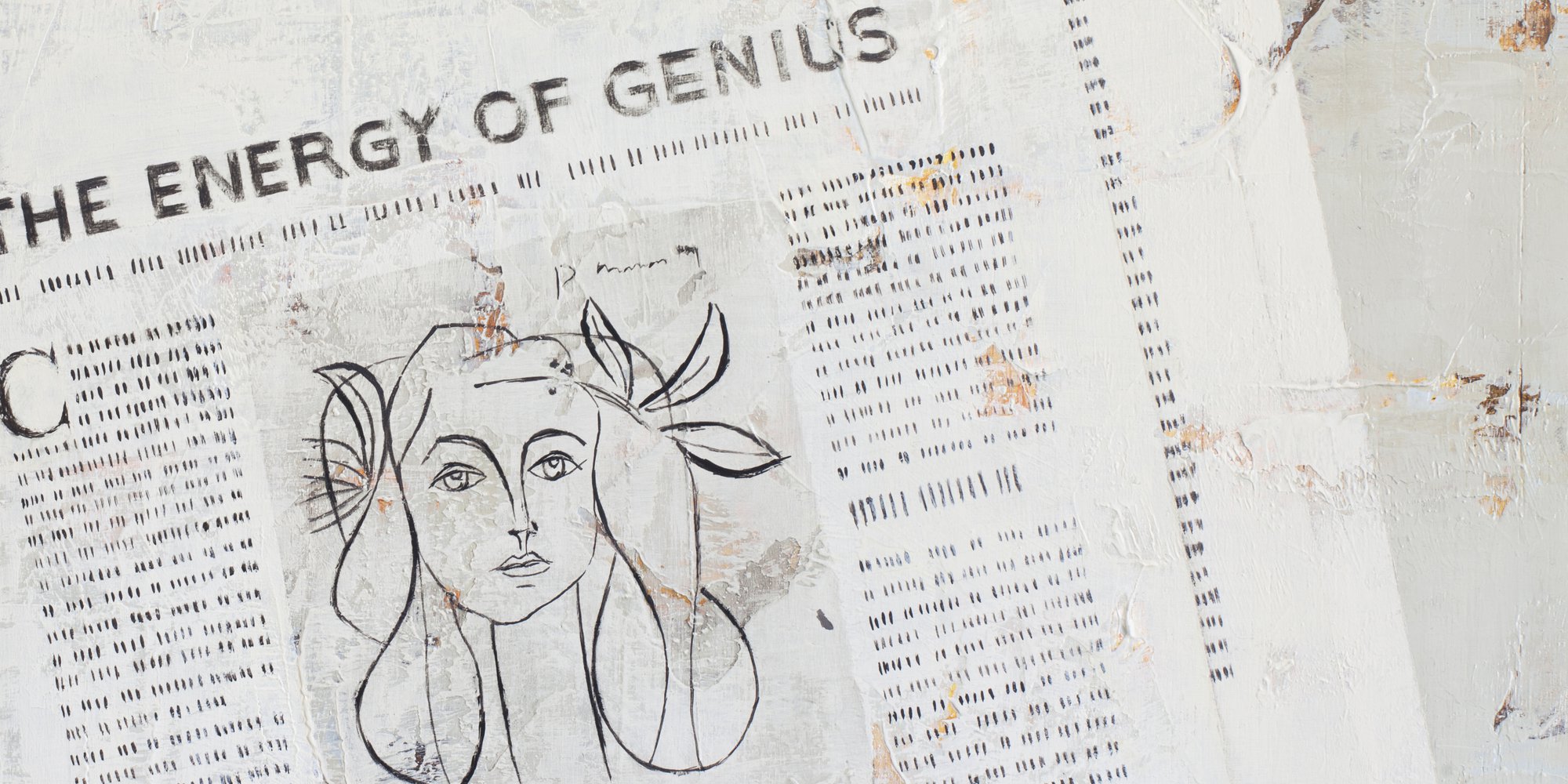Everyone knows the name Pablo Picasso. Regarded as one of the most influential modern artists of the 20th century, the Spanish painter has etched himself into the history of art for centuries to come. Deemed as the co-founder of the Cubist movement and the co-inventor of collage, Picasso was a true trailblazer. The prolific artist’s work spans a wide range of artistic movements and mediums.
Picasso was surrounded by art from an early age. His father was a painter who started formally training Picasso when he was just 7 years old - it’s even reported that his first word was “pencil”. Picasso’s rigorous training included learning and copying the Masters and drawing the human body from live models. From his earliest works studying under his father, Picasso showed an amazing drawing ability. Over his lifetime, Picasso explored a huge variety of subjects in his drawings including still life, the human form, animals and mythology.
Picasso’s line drawings are arguably his simplest artworks, but they're no less powerful. His simple compositions and continuous line work is experimentation in its purest form, and they remain some of his most popular artworks today. Picasso took complex examples of real life figures, animals and objects and reduced it to a single unbroken line. Whilst they might look simple, capturing the true form of an object or person is a challenge. Here, we take a look at Pablo Picasso’s line drawings in more detail.
Influences: Primitive art and animals
It was the influence of primitive art in the early 20th century with its simple styling that led Picasso to create simpler line drawings in his later years. Stripping it back to basics, line drawing allowed Picasso to focus on the relationship between artist and subject, removing colour, shade and composition from the equation. This constant reworking and redrawing of similar objects was often used by Picasso as a beginning sketch in his creative process; these sketches were often a precursor to more detailed paintings. Others were created as a standalone work of art. An example of this is Picasso’s ‘Dove’, a lithograph from 1949 that was created for that year’s World Peace Council. The dove became an iconic image and it is used as a symbol of peace to this day. Looking at his work Bull (Study), you can see how he worked away at the complex image bit by bit reducing it to a single fluid line that still possesses all the power of the bull itself. His single line drawings are so simple yet so powerful as they create so much using a single unbroken line.
Picasso loved animals and kept a huge variety over his life-time. Many of these animals appeared in his work, and in particular his line drawings. He formed a particular attachment to a dachshund called Lump who became famous for eating a Picasso piece (a cut out of a rabbit the artist made from a cake box). Lump was immortalised in Picasso's line drawings.
The simplicity, energy and life captured in Picasso’s line drawings perhaps explains the continued popularity of these images. To express so much is a lot harder than it looks and is testament to Picasso's artistic talent.
A generation of artists were inspired by Picasso’s sketches. From Keith Haring’s bold-lined street art paintings to Picasso's contemporaries Matisse and Jean Hans Arp, minimalist line drawings are appreciated by all manner of artists.
Header image: Tomasa Martin


